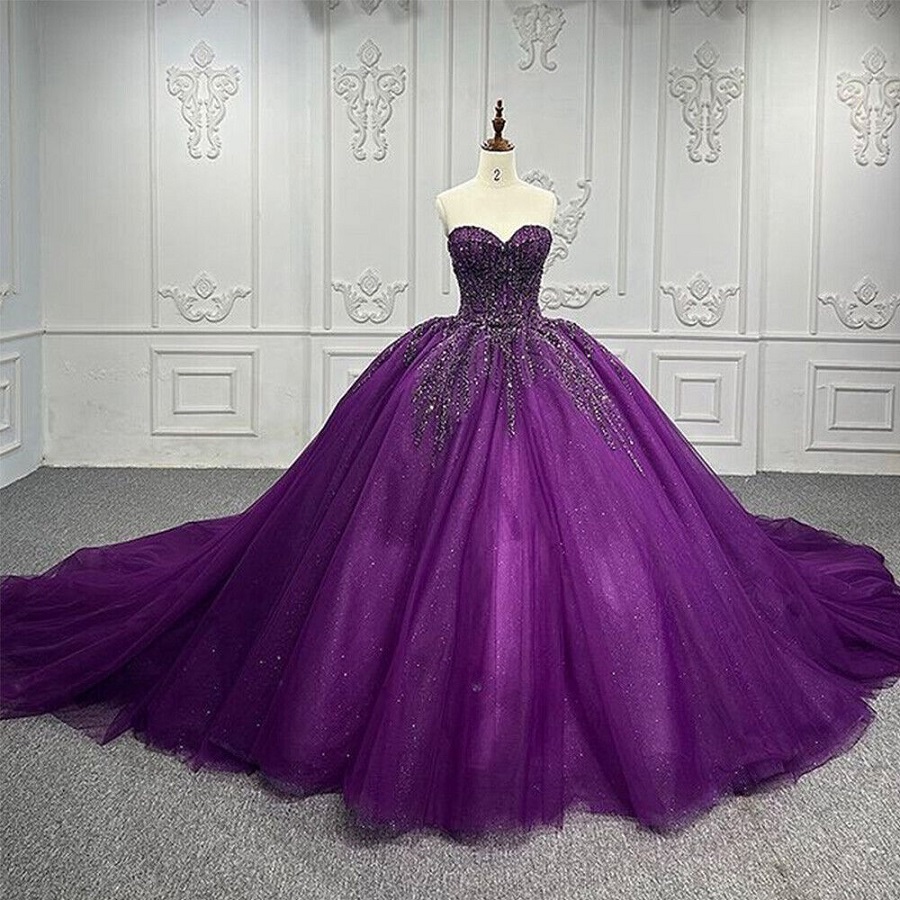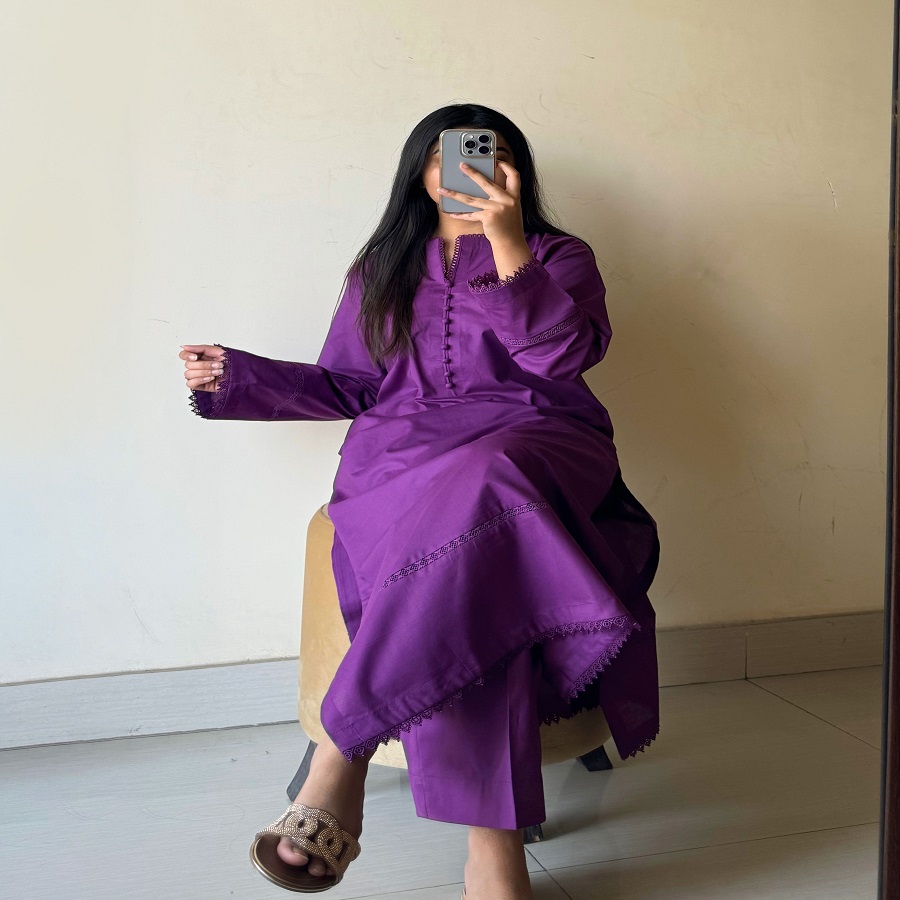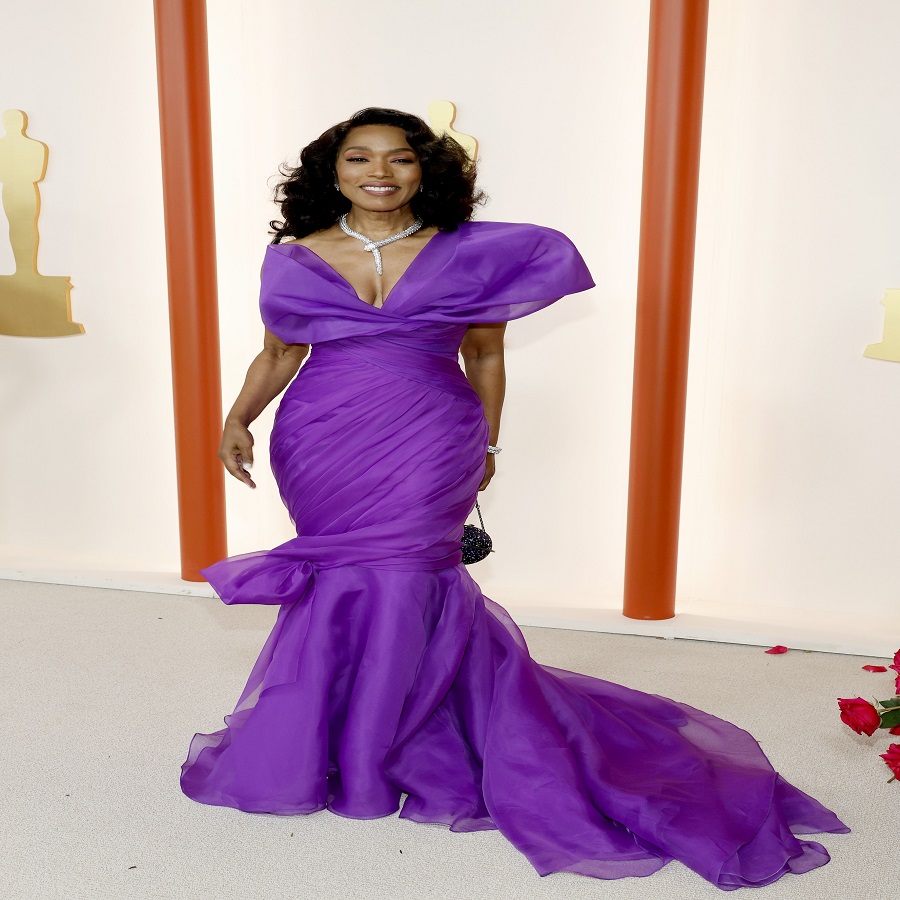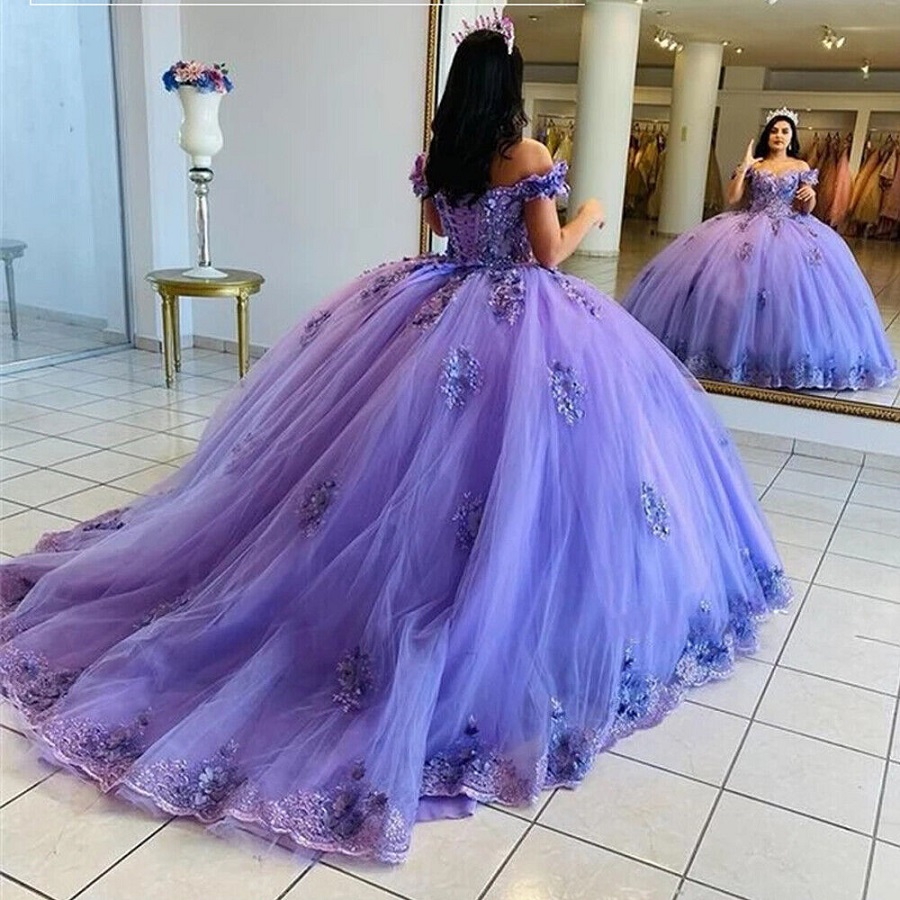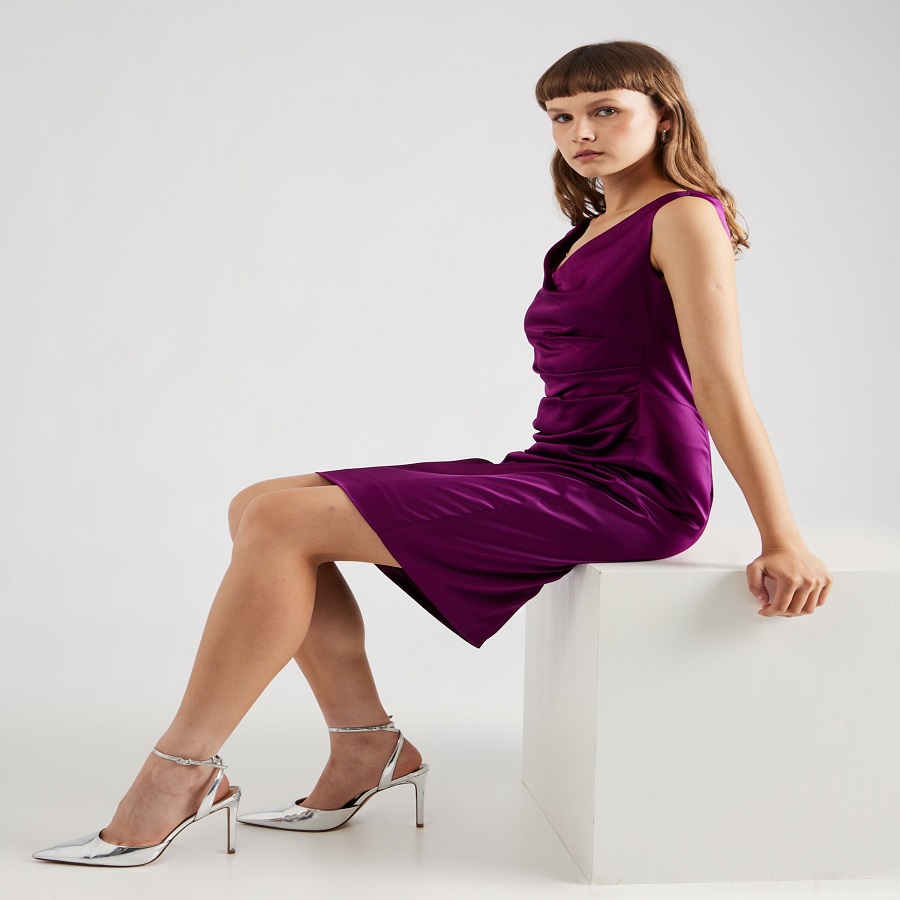Introduction
The world of fashion is constantly evolving, providing us with new trends to embrace and diverse ways to express our individual style. One color that has recently emerged as a significant trend is purple. This vibrant hue, teeming with associations of luxury, creativity, and spirituality, has graced the runways of prestigious designers and is now making a splash in the real world. In this guide, we will explore the latest trends in purple dresses and provide you insights on how to incorporate them into your wardrobe this season.
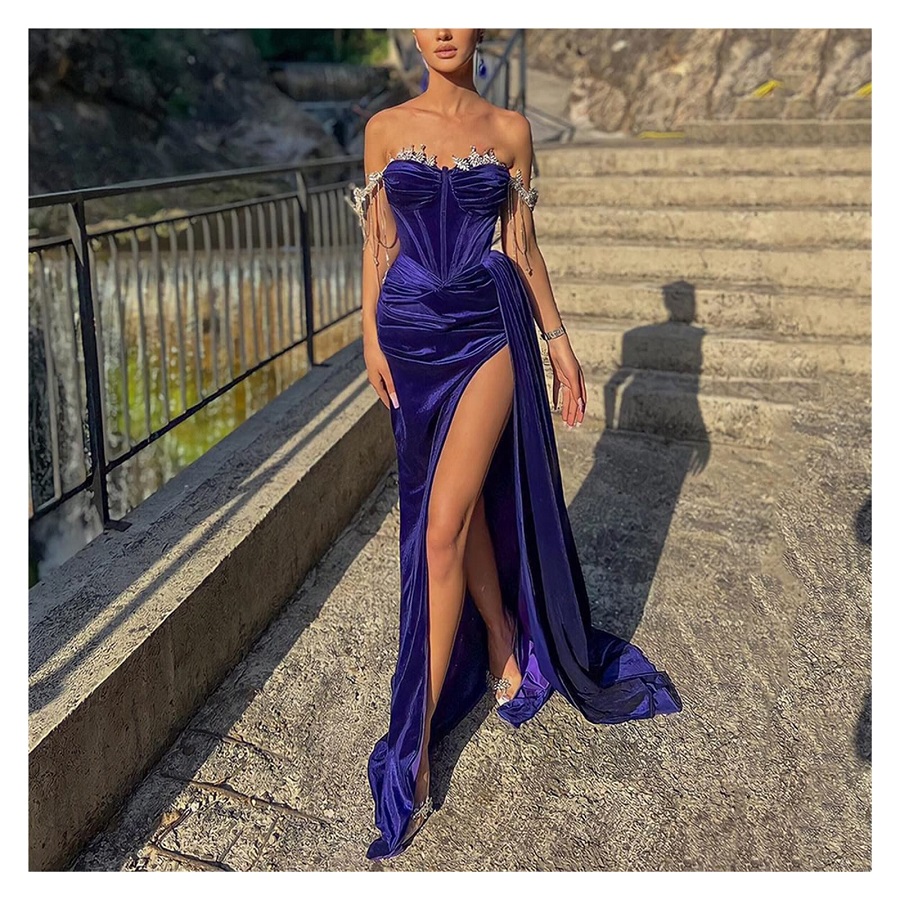 The Evolution of Purple in Fashion
The Evolution of Purple in Fashion
Historically, purple has been associated with royalty and nobility, as the dyes used to create this bold color were rare and expensive. Today, purple is accessible and celebrated in various shades, from soft lavenders to deep plums. This season sees a blend of these tones dominating the collections of leading designers like Valentino, Gucci, and Balenciaga, who have redefined the way we perceive and wear purple.
Key Trends in Purple Dresses
- Shades of Purple: The spectrum of purple is vast. This season, you’ll find everything from pastel lavenders and rich violets to deep eggplants. Each shade can evoke a different mood, making it essential to choose the hue that resonates with your personal style and complements your skin tone.
- Silhouette Variety: Purple dresses come in various silhouettes, catering to different body types and occasions. From flowing maxi dresses perfect for summer events to structured midi dresses suitable for the office, the options are plentiful. Asymmetrical hemlines, puff sleeves, and fitted bodices are key trends seen on the runway that you can bring into your closet.
- Textiles and Texture: This season highlights experimental textures, such as satin, velvet, and organza. Satin purple dresses can deliver an elegant look for evening wear, while textured fabrics like velvet add warmth and dimension, making them perfect for cooler months.
- Prints and Patterns: Beyond solid hues, purple dresses featuring floral, abstract, and geometric prints are gaining popularity. These playful patterns allow you to express your personality while keeping up with trends. Look for bold prints or subtle motifs, depending on your fashion statement.
- Layering and Styling: Layering is crucial as temperatures fluctuate throughout the season. A purple slip dress can be styled over a fitted turtleneck for a chic, monochrome look, or paired with a light denim jacket to create a casual vibe. Consider adding accessories like statement belts or oversized scarves in complementary colors to elevate your ensemble.
How to Incorporate Purple Dresses into Your Wardrobe
- Casual Daywear: For everyday wear, opt for a flowy purple sundress paired with ankle boots or platform sneakers. This creates a relaxed yet stylish look suitable for running errands or enjoying a casual brunch with friends. You can enhance the outfit with a denim jacket and a crossbody bag for an effortless vibe.
- Office Chic: Incorporating purple into your work wardrobe can be done seamlessly. A tailored purple sheath dress can be both professional and stylish, particularly when layered under a blazer. Keep accessories minimal with classic pumps and a structured tote bag to maintain a polished look.
- Evening Glamour: When heading out for an evening event, embrace the richness of purple with a satin or sequined dress. Pair it with metallic heels and statement jewelry to create a captivating ensemble. A deep plum lipstick will further enhance the sophisticated allure of your outfit.
- Weekend Adventures: For a fun weekend look, consider a purple oversized sweater dress paired with thigh-high boots. This look is perfect for a more casual outing, and you can always add a belt to cinch the waist for a more defined silhouette.
- Mix and Match: Play with patterns by mixing a purple dress with other colors and prints. A floral purple dress can be paired with a striped or polka-dot jacket. The key is to ensure that the colors complement each other, creating a cohesive look without clashing.
Accessorizing with Purple
The beauty of wearing purple is in how versatile it is with accessories. Pair your purple dress with contrasting colors to allow it to stand out—think yellow or lime green bags and shoes for a pop of color. Alternatively, soft neutrals like beige or white can create a balanced, sophisticated ensemble. Don’t shy away from bold jewelry; gold and silver tones work beautifully with purple, especially in the form of statement earrings or layered necklaces.
Casual Outings
A purple dress can easily become your go-to option for casual outings, whether it’s a trip to the farmer’s market, a lunch date with friends, or a picnic in the park.
Styling Tips:
- Footwear: Pair your dress with comfortable sneakers or chic sandals. White or pastel-colored shoes work exceptionally well with lighter shades of purple, while darker shades can be complemented by nude or black footwear.
- Layering: Add a denim jacket or a lightweight cardigan to keep things casual and comfortable. A light wash denim jacket adds a classic touch, while a cropped cardigan can offer a cozy vibe.
- Accessories: Opt for minimalistic jewelry, such as simple stud earrings or a delicate pendant. A crossbody bag in a neutral color can keep the look laid-back while providing practicality.
- Hair and Makeup: Keep your hair tousled or in loose waves for a relaxed look. Natural makeup with a pop of color on the lips, like soft pink or nude, will keep the focus on your purple dress.
Sample Outfit:
- Dress: Light lavender sundress
- Shoes: White canvas sneakers
- Outerwear: Light denim jacket
- Accessories: Simple hoop earrings and a small crossbody bag
Understanding Skin Tones
Determining Your Skin Tone
Before diving into the world of purple dresses, it’s essential to identify your skin tone, which generally falls into four categories: warm, cool, neutral, and deep. Here’s a simple method to determine yours:
- Vein Test: Look at the veins on the inside of your wrist. If they appear blue or purple, you likely have a cool skin tone. If they appear greenish, you may have a warm skin tone. If you’re seeing a mix, you likely have a neutral tone.
- Jewelry Test: Consider how gold and silver jewelry look against your skin. Gold tends to look better on warm skin tones, while silver is more flattering for cool tones. If both look good, you may have a neutral tone.
- Sun Reaction: Think about how your skin reacts to sun exposure. If you tan easily, you likely have a warm tone; if you burn quickly, you may have a cool tone.
Shades of Purple for Different Skin Tones
Once you’ve identified your skin tone, you can narrow down your choices of purple shades:
- Cool Skin Tones: Opt for shades like lavender, periwinkle, wisteria, and deep purples like eggplant. These hues complement the natural undertones in your skin, offering a harmonious look.
- Warm Skin Tones: Look for warmer purples like violet, fuchsia, and plum. These colors can enhance the warmth of your skin, creating a radiant appearance.
- Neutral Skin Tones: You have the versatility to wear both warm and cool shades. Jewel tones like amethyst and shades of lavender work beautifully for neutral skin tones.
- Deep Skin Tones: Rich shades like royal purple, mulberry, and darker plums are particularly striking against deeper complexions, creating a beautiful contrast that draws attention.
Identifying Your Body Type
Understanding your body type is crucial for selecting a dress that flatters your figure while showcasing your best features. The most common body types include:
- Hourglass: Characterized by a well-defined waist and balanced bust and hip measurements.
- Pear: Features a narrower top with broader hips and a more defined waist.
- Apple: Has a fuller upper body with less definition at the waist and narrower hips.
- Rectangle: Features a straight silhouette with minimal waist definition and uniform measurements through the bust, waist, and hips.
- Inverted Triangle: Characterized by broader shoulders and a narrower hip, creating a V shape.
Dress Styles for Each Body Type
Now that you’ve identified your body type, it’s time to explore which styles of purple dresses flatter your figure:
- Hourglass: Fitted or wrap dresses accentuate your curves, highlighting your waist. A deep purple or plum color can add a touch of elegance.
- Pear Shape: A-line or empire waist dresses are ideal for creating a balanced silhouette. Experimenting with bolder purple shades, such as fuchsia or magenta, can be visually appealing, drawing attention upwards.
- Apple Shape: Look for dresses that cinch just under the bust or styles that have a flattering drape to conceal the midsection. Empire waists in lighter purple tones like lilac or lavender can provide a fresh and elegant look.
- Rectangle Shape: Opt for dresses that create curves, such as those with ruffles or peplum details, to add dimension. Choose vibrant shades of purple to enhance your silhouette and create visual interest.
- Inverted Triangle: A halter neck or off-shoulder dress can soften broad shoulders. Consider darker shades like eggplant or deep violet to create a streamlined appearance.
Conclusion
As we welcome the new season, purple dresses (robe violette) emerge as a vibrant trend that offers versatility, elegance, and creative expression. From the runways to real life, the myriad options allow you to flaunt this stunning hue in various settings, making you feel confident and stylish. By understanding the latest trends and mastering the art of styling, you can seamlessly incorporate purple into your wardrobe, ensuring that this season, you shine in your shades of purple. Embrace the elegance and excitement of this fabulous color, and let it make a statement in your wardrobe!
